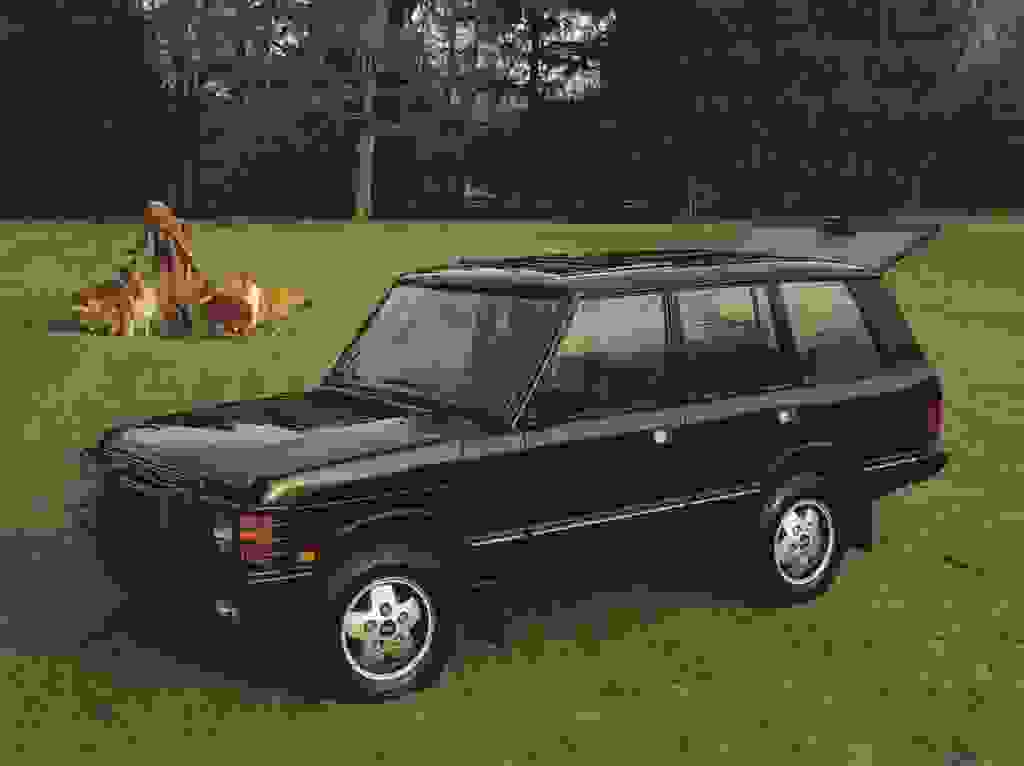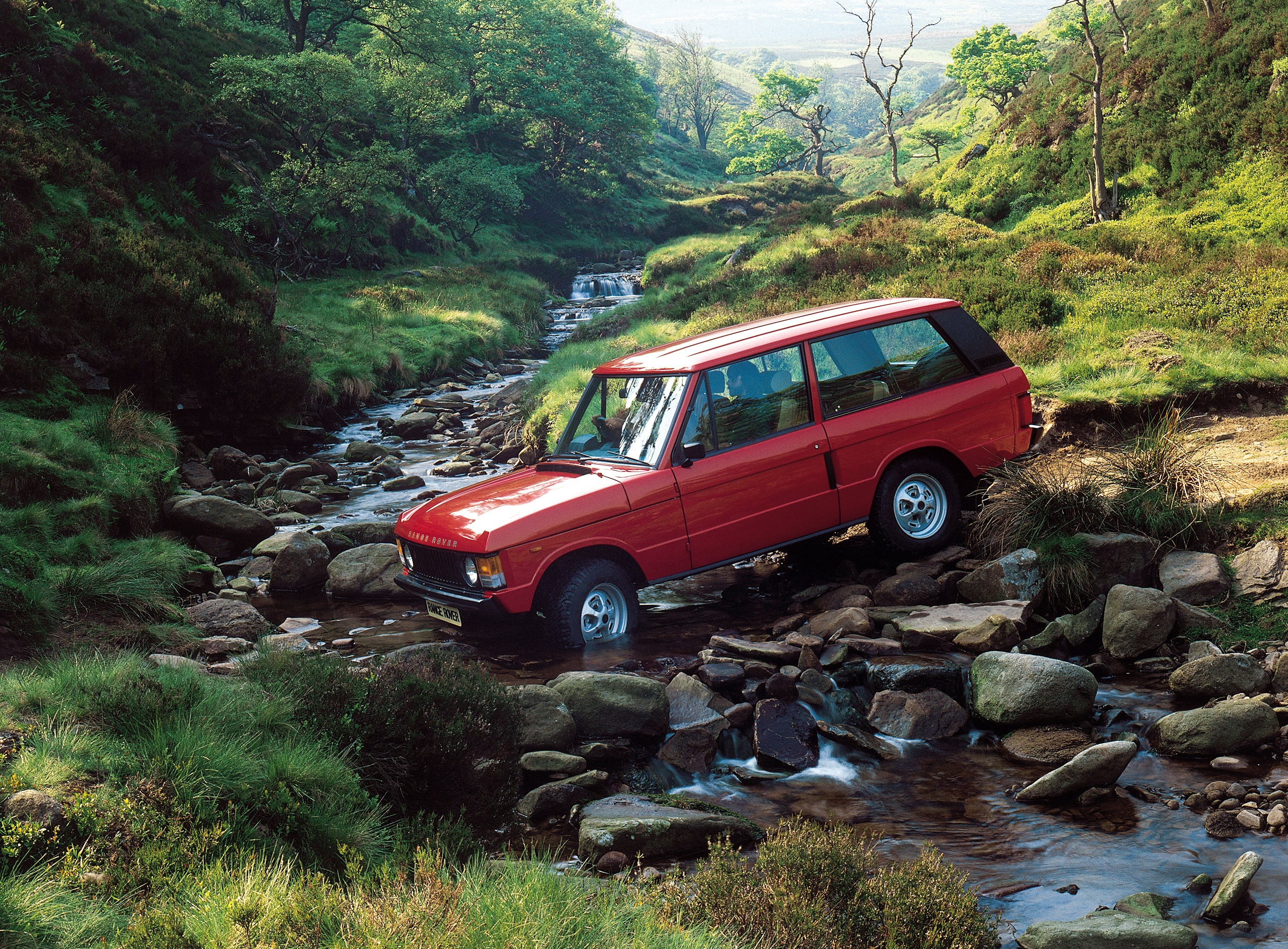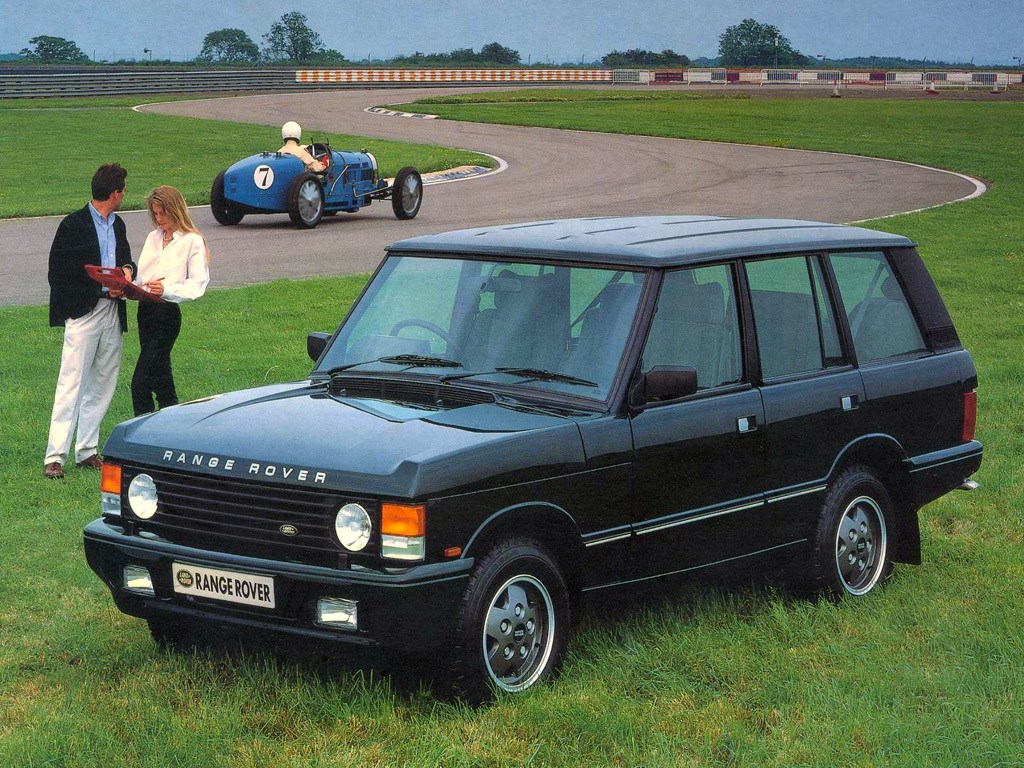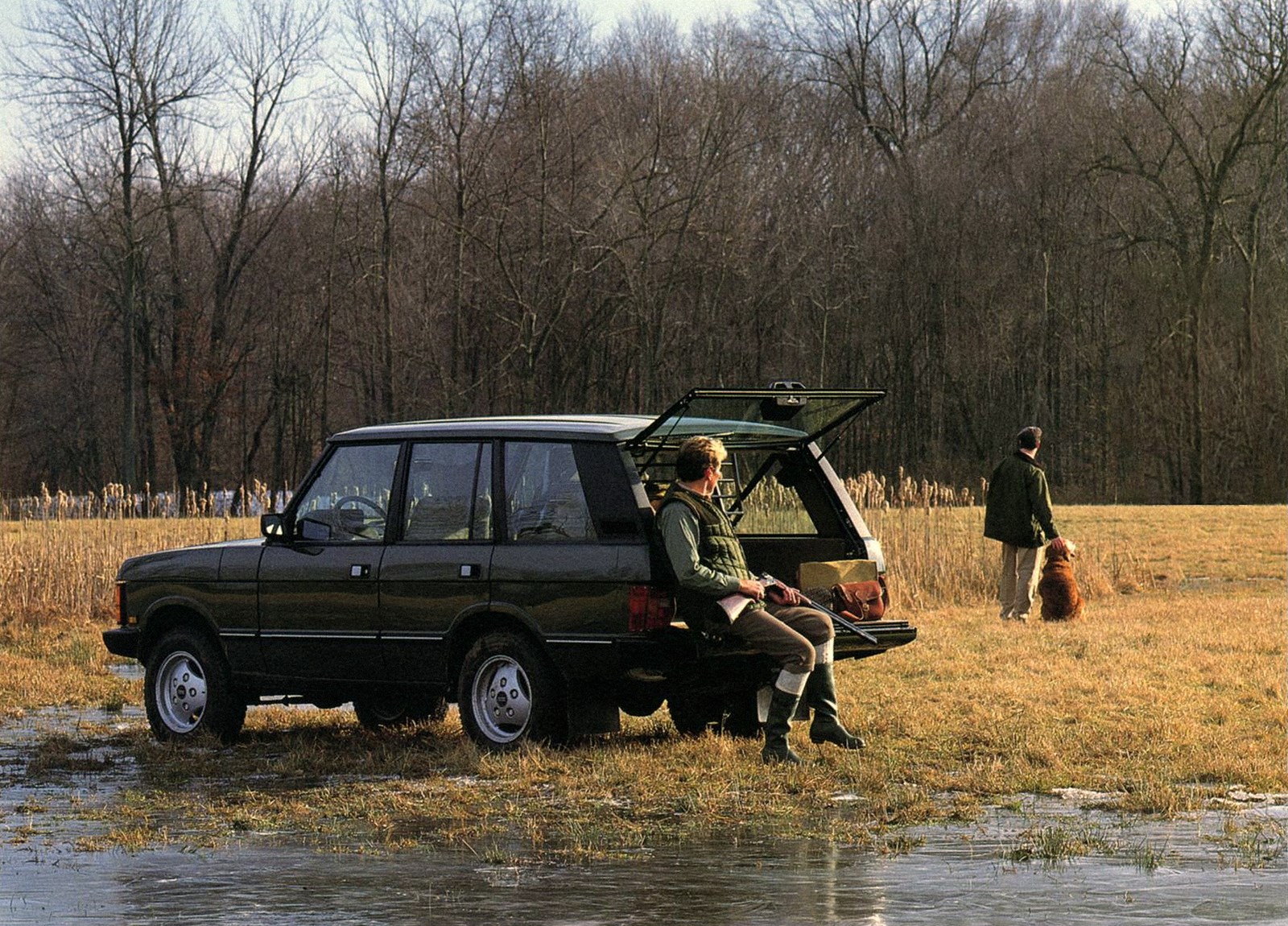
Chic, comfortable and versatile, the Range Rover has become an icon in its more than fifty-year career. Here's a look back at its first generation, the one that started the myth.
Since the late 1940s, Land Rover has been producing a hardcore, almost agricultural off-roader. However, from the beginning of the 1950s, the brand started thinking about a more versatile version of its model. Two prototypes, called the Road Rover, were built, but the project was never pursued as the manufacturer had other priorities. In the mid-1960s, British Leyland revived the idea because certain markets such as the United States were in demand for this type of vehicle. Land Rover decided to wipe the slate clean and design an entirely new vehicle. The specifications stipulated that it should have the capabilities of an off-roader and the comfort of a Rover saloon. That's why it gets a coil-spring suspension instead of the leaf springs usually found in 4x4s. Prototypes called the Velar began to appear on European roads; these were very close to the production version that was finally launched in 1970.

V8 under the bonnet
Initially available only as a 3-door, the Range Rover was not yet the luxury vehicle it has become today: its all-vinyl interior was designed to be hosed down! To power it, there was only one choice: the 3.5-litre Rover V8. It has 156 hp and is coupled with a manual transmission. The Range Rover had the distinction of being one of the only permanent 4x4 vehicles on the market at the time. Unique in its kind, it became the darling of a wealthy clientele who particularly appreciated its versatility. It was not until 1981 that a 5-door version was introduced, while the automatic transmission arrived the following year. Reputedly greedy with its single petrol engine, it received a diesel block supplied by the Italian engine manufacturer VM in 1986. Three years later, it was equipped with ABS, a first for an off-road vehicle. It became increasingly luxurious over the years, and in 1992 it was fitted with a pilot air suspension to become as comfortable as the best saloon cars on the market. It was also available in a long-wheelbase version to further enhance passenger comfort. It was produced until 1996 when it was discontinued and the second generation was introduced.

Unique status
Used by the Queen of England for her travels as well as by hunters to go into the forest, the Range also distinguished itself in competition, winning the Dakar Rally in 1979 and 1981. A great commercial success, it remains in the collective unconscious as a reference thanks to its comfort and its unparalleled British charm. Little by little, it has also acquired its credentials on the collector's market where original examples in perfect condition are highly sought after. The first 3-door versions and the latest ones with the V8 engine are particularly coveted and their prices can quickly soar. While Range Rover Classic cars are available at very attractive prices, these cars require rigorous maintenance and any restoration can quickly become very expensive. If you want a vehicle in good condition, capable of driving any distance, don't expect to spend less than €15,000. Depending on the version, this starting price can quickly rise to more than €30,000.























